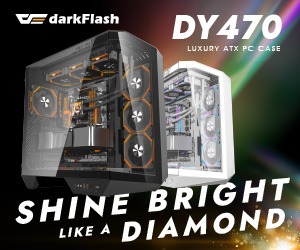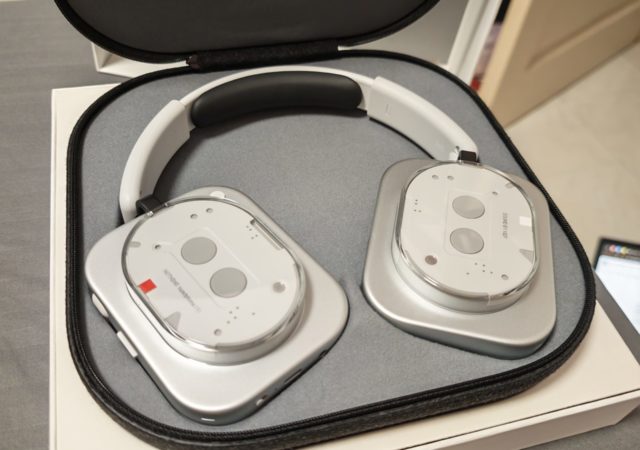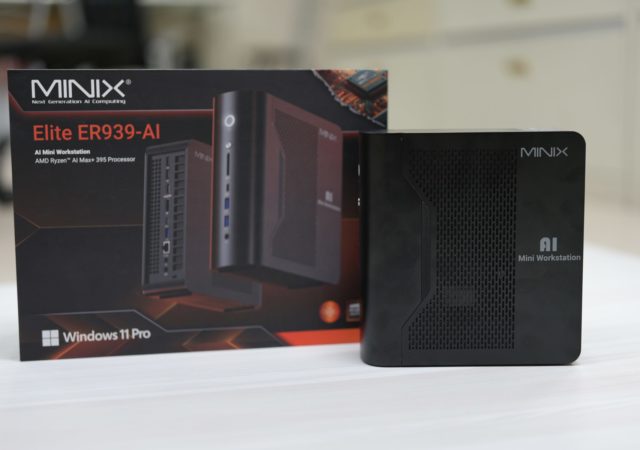Gamers today are faced with an overwhelming array of choices, between consoles, accessories, platforms, and titles, decision-making can feel like navigating a minefield. Whether you’re a casual player or an aspiring pro, identifying the right technology features is important for maximizing performance, comfort, and enjoyment. But with flashy marketing and countless configurations, how can gamers know what actually matters?
The truth lies in understanding which technical specifications truly impact gameplay. Knowing what to prioritize helps gamers invest wisely and avoid buyer’s remorse.
Image Source: https://unsplash.com/photos/man-in-red-shirt-watching-tv-qgInQSplXBU
Internet Connectivity And Lag Management
Online gaming thrives on low latency. Lag, caused by poor connectivity, can ruin an otherwise flawless game. A strong Wi-Fi connection is important, but for serious gamers, Ethernet remains the gold standard for stability and speed.
Routers with Quality of Service (QoS) settings allow prioritization of gaming traffic, reducing lag during high-demand periods. Ping-reduction apps and DNS optimizers help streamline connections. For those who regularly buy digital items or in-game currency, secure platforms that let users purchase PUBG UC online without hassle and delay ensure a smooth experience from start to finish. Even mobile gamers benefit from fast, stable connections, especially in competitive environments or timed missions.
Display Specifications That Actually Matter
Visual clarity and responsiveness are fundamental to a satisfying gaming experience. High-resolution displays, 1080p, 1440p, and 4K, each offer varying levels of detail. While 1080p is still widely supported and perfectly adequate for many players, those looking for sharper visuals and better immersion often opt for 1440p or 4K monitors.
Equally important is refresh rate. A 60Hz monitor may suffice for casual gaming, but competitive players typically prefer 120Hz, 144Hz, or even 240Hz for smoother motion and faster reaction times. Coupled with a low response time, ideally under 5ms, this ensures reduced input lag and ghosting.
Adaptive sync technologies like NVIDIA G-Sync and AMD FreeSync enhance performance by eliminating screen tearing, a crucial feature when playing fast-paced shooters or racing games.
Graphics Card And Processor Synergy
The graphics processing unit (GPU) is the heart of any gaming machine. Whether you’re running AAA titles or visually demanding open-world games, a strong GPU determines frame rates, rendering quality, and load times. Popular choices include NVIDIA’s RTX 30 and 40 series or AMD’s Radeon RX 6000 and 7000 series.
The GPU alone doesn’t guarantee smooth performance. Pairing it with a capable CPU ensures consistent processing of game logic, physics, and AI. Multi-core processors like the AMD Ryzen 7 or Intel Core i7 series are well-suited for modern gaming demands.
Gamers should match GPU and CPU capabilities to avoid bottlenecks and ensure balanced, optimized performance across their favorite titles.
Storage Speed And Load Times
Gone are the days of spinning hard drives. Solid State Drives (SSDs) have revolutionized gaming with their lightning-fast load times and reliability. A 500GB to 1TB NVMe SSD is now standard in high-performance gaming rigs and consoles, offering rapid game launches, faster installations, and less waiting between levels or maps.
With modern games often exceeding 100GB in size, storage capacity becomes a concern. Many gamers opt for a dual-drive setup, an SSD for core games and an HDD for storing larger libraries or backups. Investing in fast storage contributes to system responsiveness and quality of life.
Controller And Input Customization
For console gamers, the controller is your direct line to the game. Features like trigger sensitivity, button remapping, and haptic feedback can dramatically impact comfort and responsiveness. Brands like SCUF and Razer allow users to customize layouts, stick tension, and grip materials to match individual playstyles.
PC gamers may lean toward high-DPI gaming mice and mechanical keyboards. Key factors include customizable RGB lighting, anti-ghosting technology, tactile feedback, and ergonomic design. For shooters and real-time strategy games, precise and responsive inputs are non-negotiable.
Finding peripherals that suit your grip, reaction speed, and comfort level enhances both performance and long-term playability.
Audio Technology And Spatial Awareness
Sound is more than just atmosphere, it’s a strategic tool. High-quality headsets offer positional audio, letting players detect movement, shots, or footsteps with directional precision. This is vital in titles like Apex Legends or Call of Duty, where a split-second auditory cue can change the outcome.
Noise-canceling features and surround sound enhance immersion. For streamers or team players, crystal-clear microphone input is important, enabling seamless communication without distortion or feedback.
A good headset can be as influential as a top-tier display or GPU when it comes to competitive advantage and immersion.
Image Source: https://www.pexels.com/photo/a-man-in-brown-shirt-playing-games-using-a-controller-while-sitting-on-a-couch-7047535/
The best gaming experience comes not from chasing the most expensive gear, but from understanding which features actually enhance play. From frame rates and refresh rates to connectivity and customization, each element plays a part in how games look, feel, and respond. With the right knowledge and a few smart investments, gamers can build setups that deliver consistent, immersive, and frustration-free experiences. Whether your passion lies in competitive arenas or expansive open worlds, selecting the right tech is the first step to playing smarter and better.





